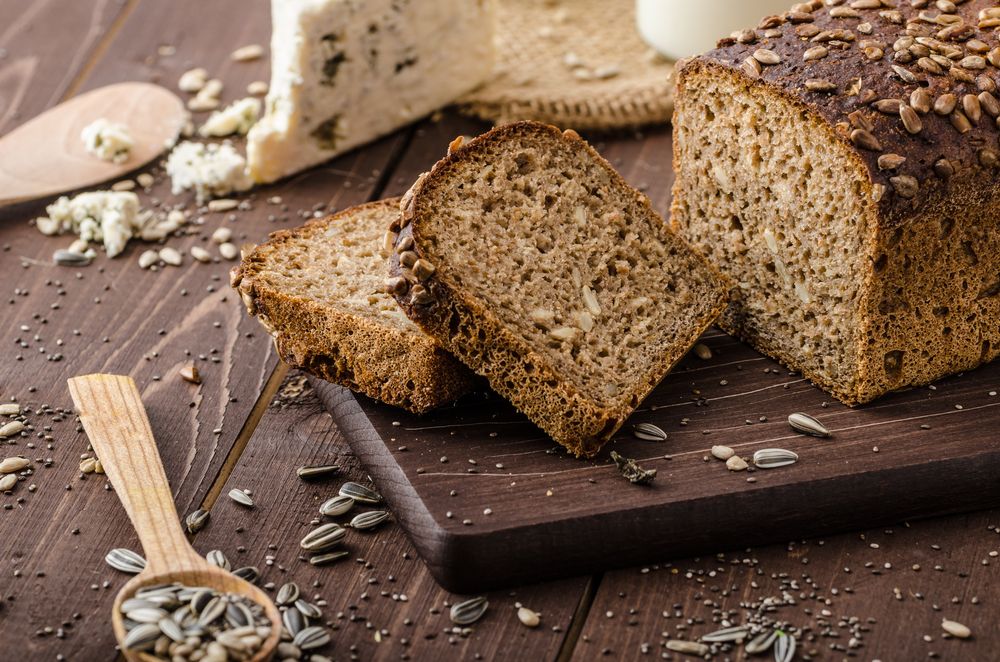As a dietitian, I believe bread has unfairly earned a negative reputation. It serves as a valuable source of carbohydrates, the body's preferred energy source. While solely relying on plain white bread for a meal isn't optimal, incorporating bread into a well-balanced diet alongside ample protein and healthy fats promotes dietary equilibrium. For those seeking enhanced nutritional benefits without sacrificing taste, I recommend opting for 100% whole wheat bread.
Whether enjoyed as toast, a sandwich, or as breadcrumbs, whole wheat bread offers substantial nutrition and can impart a greater sense of fullness and satisfaction compared to white bread. Despite its numerous advantages, whole wheat bread may not be suitable for everyone, particularly individuals with celiac disease or a wheat allergy.
Curious about the potential advantages and drawbacks of consuming whole wheat bread? Keep reading to discover more.
1) You'll increase your fiber intake.

One slice of 100% whole wheat bread typically contains between 2 to 4 grams of fiber, depending on its size. Adults are advised to consume 14 grams of fiber for every 1,000 calories consumed, or 28 grams on a 2,000-calorie diet. Incorporating fiber into your diet is linked to enhanced digestion, gut health, heart health, and even cancer prevention.
However, adults in the United States typically only consume around 8 grams of fiber per 1,000 calories, significantly below the recommended intake. By consuming just two slices of whole wheat bread daily, you can easily fulfill over 25% of your daily fiber requirements.
2) You'll feel full.
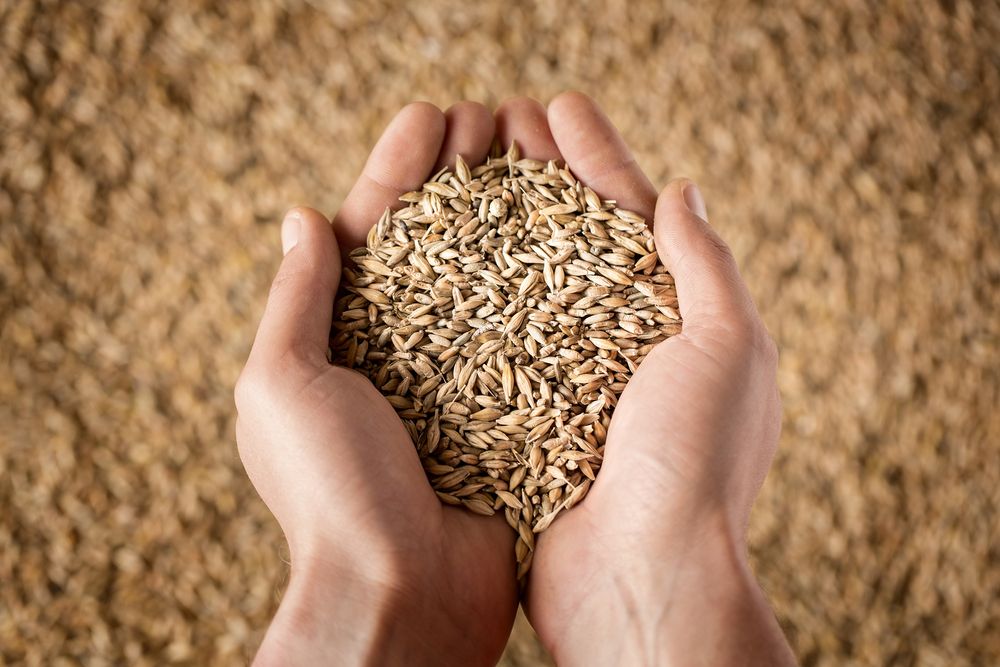
Whole wheat bread encompasses the entirety of the wheat grain, comprising the bran, germ, and endosperm. In contrast, refined grains like white bread undergo processing that strips away these components, including much of the fiber content. Being a complex carbohydrate, whole wheat bread takes longer for your body to digest compared to white bread. This slower digestion process contributes to a prolonged feeling of fullness after consumption.
3) You could lose weight.
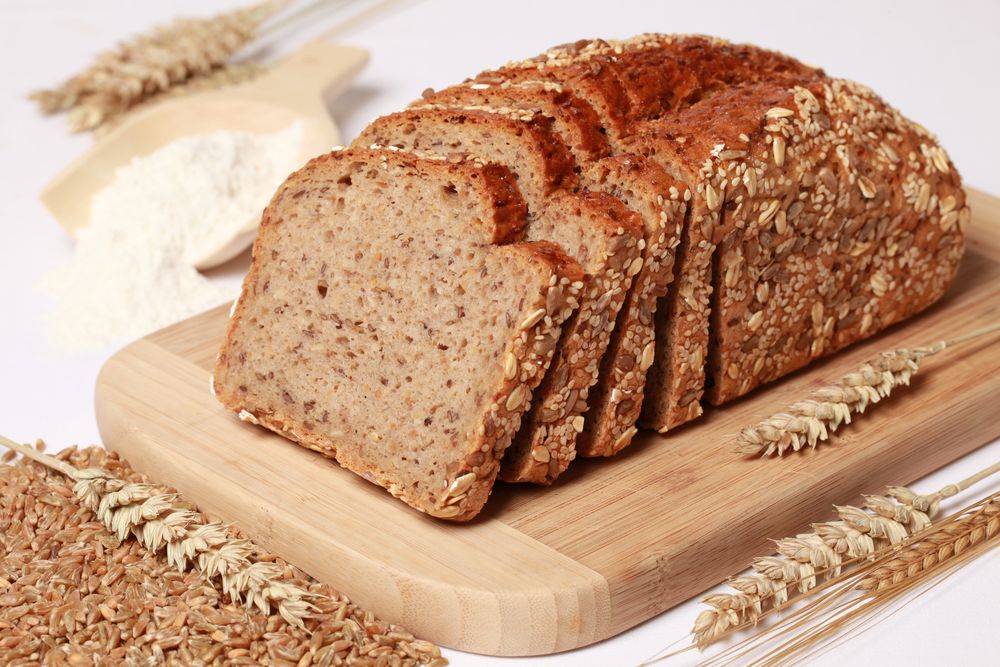
Replacing refined grains with whole wheat bread may contribute to weight loss or management. Observational studies indicate that higher intake of whole grains correlates inversely with BMI and the risk of weight gain. Review data suggests that consuming whole grains can reduce hunger while increasing feelings of satiety and fullness.
Furthermore, this isn't just a passing trend. Long-term cohort studies, spanning from 5 to 20 years, consistently demonstrate the same inverse relationship: higher consumption of whole grains is associated with less weight gain compared to individuals with lower intake of whole grains.
4) Your cholesterol could improve.

Incorporating whole grains such as whole wheat into your diet can positively impact cholesterol levels, thereby reducing the risk of heart disease. Whole wheat bread helps to regulate cholesterol production in the liver while also moderating the digestion and absorption of dietary cholesterol.
A small study revealed that consuming the equivalent of four slices of whole wheat bread daily for 12 weeks led to improvements in triglyceride levels, total cholesterol, LDL-cholesterol, HDL-cholesterol, and hemoglobin A1C. In contrast, the control group showed no significant changes.
5) Your blood sugar may improve.
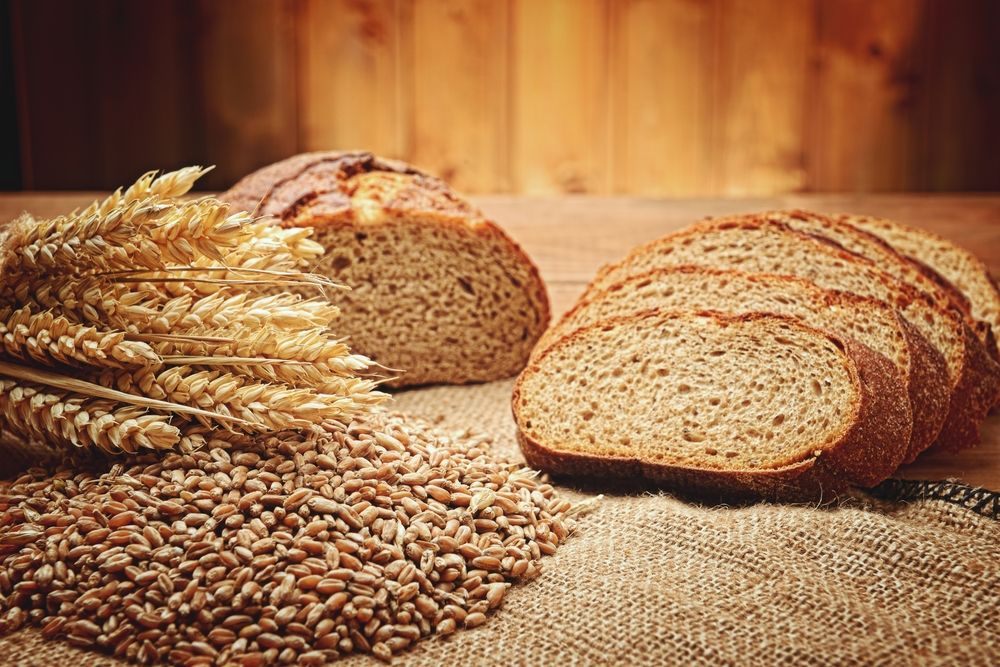
Contrary to popular belief, individuals with diabetes can incorporate bread into their diet, and whole wheat bread may offer specific advantages for blood sugar control. While both whole-grain and whole wheat bread can raise blood sugar levels (since they are carbohydrates), the presence of fiber slows down the digestion process, resulting in a more gradual release of sugar into the bloodstream.
Moreover, whole wheat bread might provide protection against the development of type 2 diabetes as individuals age. Several cohort studies, involving nearly 200,000 adults initially free of type 2 diabetes, revealed that those with the highest intake of whole grains had a 29% lower risk of developing type 2 diabetes compared to those with the lowest intake.
6) You'll lower your risk of cancer.

Consuming high amounts of refined grains has been linked to an increased risk of colorectal and gastric cancers, but incorporating whole grains into your diet may offer protection. Multiple studies have demonstrated lower rates of colon, gastric, breast, pancreatic, prostate, and esophageal cancers among individuals with higher whole grain intakes compared to those with lower intakes.
Furthermore, the protective association is significant. Research indicates that individuals with the highest whole grain consumption have a 27% lower risk of stomach cancer compared to those with the lowest consumption levels.
7) Your digestion could improve.
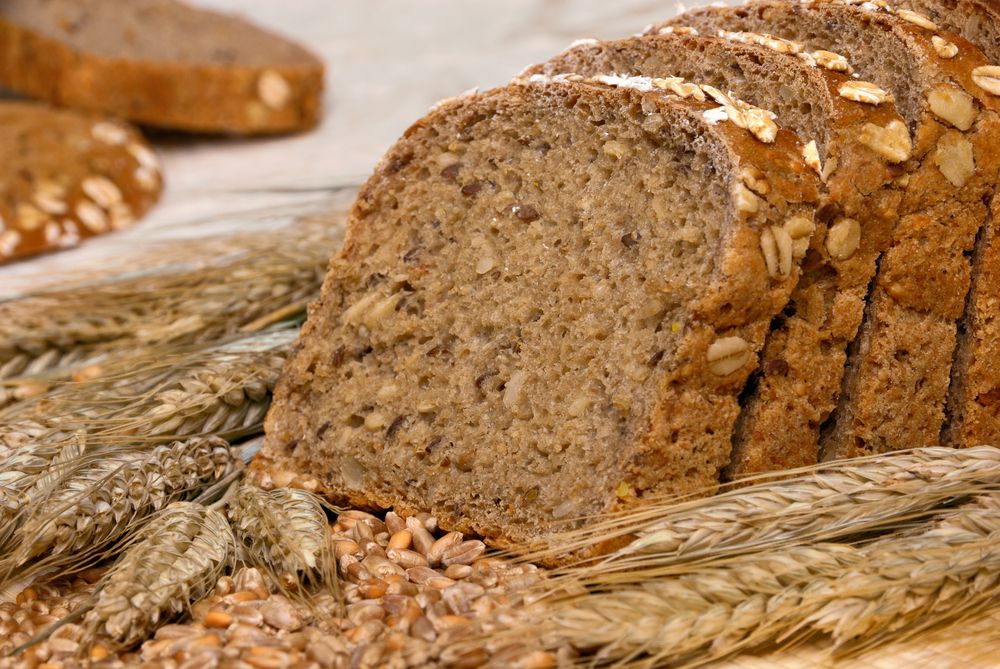
Whole wheat bread and other whole grains serve as valuable sources of insoluble fiber, which contributes to stool bulk and accelerates waste movement through the digestive tract. Additionally, whole-grain wheat exerts a prebiotic influence on the body. As gut bacteria ferment the fibers derived from whole wheat bread, essential fatty acids are generated, fostering a positive impact on gut microbiome health and digestion.
8) You might have an allergic reaction.

Genuine wheat allergies are uncommon, impacting only 1% of children in the United States, with about two-thirds eventually outgrowing this allergy by adulthood. Consumption of whole wheat bread by individuals with a wheat allergy could trigger allergic reactions affecting the skin, respiratory system, and digestive tract, potentially leading to anaphylactic shock.
Distinct from a wheat allergy, celiac disease may also induce adverse reactions to wheat bread due to its gluten content. Consumption of whole wheat bread by individuals with celiac disease could result in side effects ranging from diarrhea to joint pain or skin rashes.

